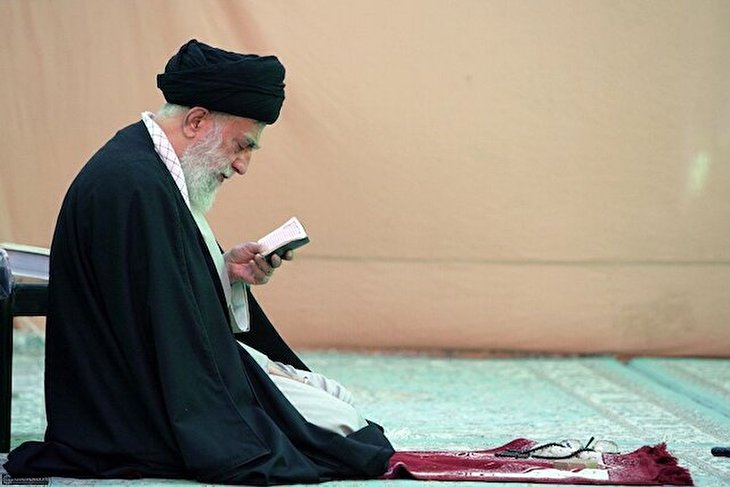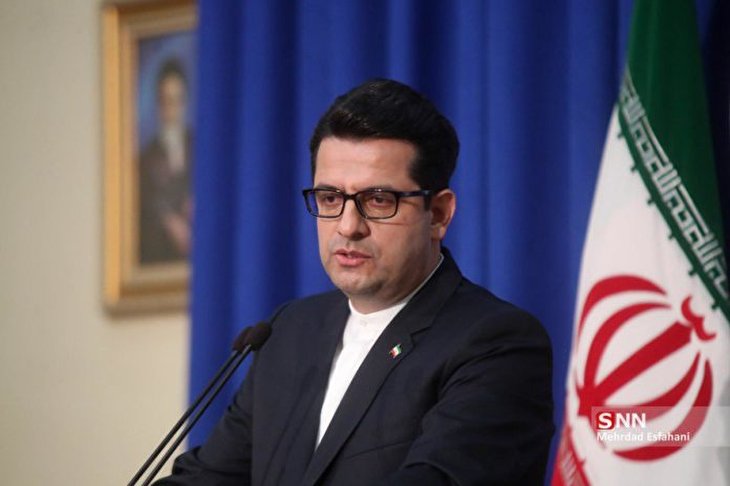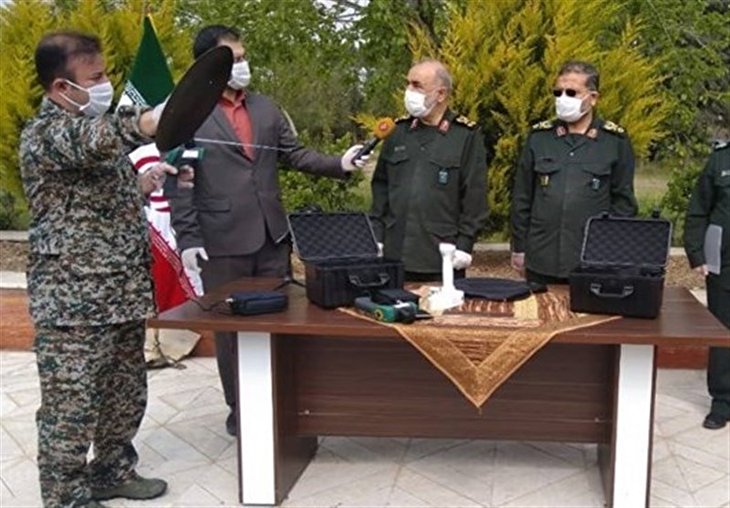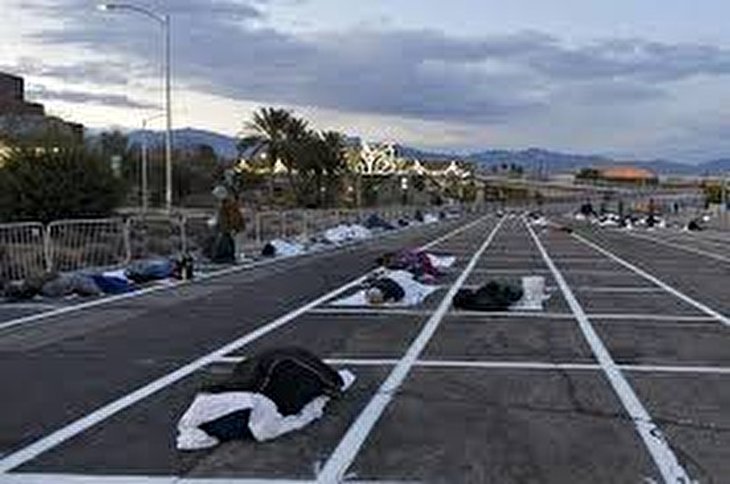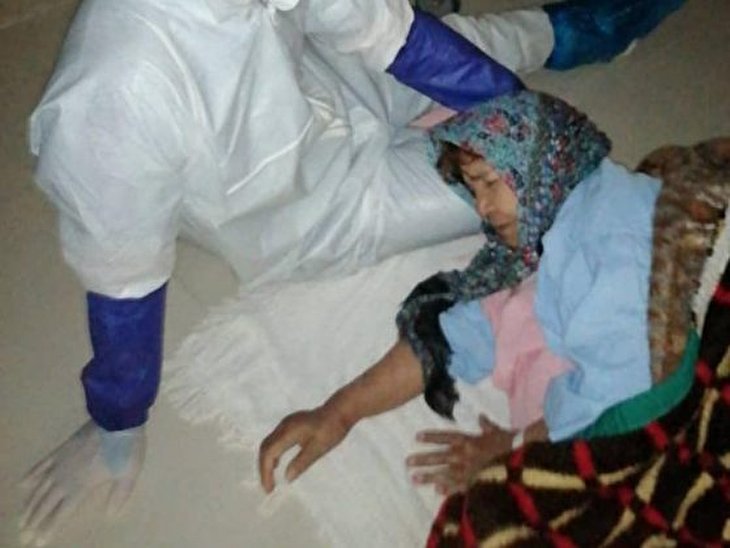
CIA and White House tried to suppress Senate torture probe

A Senate report into the CIA’s use of torture and its cover-up was heavily redacted and almost never published, with the Obama administration trying to protect the agency, its lead investigator has revealed for the first time.
russiatoday.com reports:
Daniel Jones, the Senate Intelligence Committee staffer who led the probe into the CIA’s detention and interrogation program following 9/11, has revealed the drama behind the six-year effort in a three-part expose authored by Spencer Ackerman and published over the weekend by the Guardian.
From 2008 to 2014, Jones and his colleagues examined over 6.3 million CIA documents, eventually authoring a 6,700-page classified report concluding that the agency had lied about torture to two US presidents, Congress and the public.
Speaking to the media for the first time, he spoke of how the 525-page declassified executive summary almost came to be suppressed, and how the man who set him on his career path – Denis McDonough, the White House chief of staff – sided with the CIA in redacting some of the most relevant information from it.
"They redacted all references to Allah,” Jones said. "Like, really? Under what national security concern?”
Redacted beyond recognition
Backed by the White House, the agency insisted on eliminating any identifiers from the declassified report, both for the interrogators and the detainees. That made it impossible to follow the persons involved from one "black site” to another.
"You couldn’t follow the narrative arc,” Jones told the Guardian.
Redactions followed a predictable pattern, Jones explained. First the CIA and the White House would claim they were a matter of national security. When the committee staff argued otherwise, they would say "this will really hurt morale at the CIA, this is a morale issue … as if that was a reasonable response to making something classified,” Jones said.
Both the CIA and the White House were adamantly opposed to revealing that some of the interrogators had a record of domestic abuse and even sexual assault. The final public document contained only oblique language suggesting the possibility.
Down the rabbit hole
Jones and his colleagues were first tasked to look into the destruction of evidence, following a December 2007 revelation by the New York Times that a senior CIA official named Jose Rodriguez destroyed 92 videotapes depicting the "enhanced interrogation” of two detainees, Abu Zubaydah and Abdel Rahim Nashiri.
Jones and his colleagues found documents describing how Abu Zubaydah was "kept naked, filthy, stinking, shaking with fear, shoved inside a filth-riddled wooden box, defecating on himself,” among other things.
"I don’t think the CIA even knew what they were giving us, to be honest,” Jones said.
When Jones presented the committee with a preliminary report, in February 2009, both Republicans and Democrats were shocked and outraged. By March, the committee had voted to expand the investigation to review the entire program.
Agreeing to review the documents inside an office provided by the CIA, using a separate computer set-up, Jones and his colleagues started digging. By March 2010, they noticed they could not bring up some of the documents they’d reviewed before. An internal CIA probe discovered that over 900 documents had been withdrawn from the committee on two occasions.
With this in mind, in the summer of 2013 Jones took a printout of a document, prepared by the CIA for then-director Leon Panetta, documenting that the Agency was all too aware it had deceived the White House about torture. The so-called Panetta Review was never made public, and it should still be in the Senate Intelligence Committee safe.
"It’s a final findings document. It has 13 findings. And one is, basically, they provided inaccurate information to support the use of [torture],” Jones said. "They’re topic oriented: ‘These are the inaccurate things we told the president’.”
When Colorado Senator Mark Udall, a Democrat, revealed the existence of this document at a December 2013 hearing, the CIA went ballistic, accusing Jones of hacking into their computers even as agents broke into the computer system set up for the Senate staff to spy on their work.
Fear and Loathing at Langley
The CIA’s Inspector-General later established that at least five agency officials would improperly access the Senate investigators’ work during January 2014, even reading Jones’s emails, trying to establish how the Panetta Review made it onto that computer system in the first place.
CIA Director John Brennan met with the committee leadership on January 15, 2014, demanding that staffers who accessed the document be "disciplined.”
Senator Diane Feinstein (D-California), who chaired the committee at the time, refused. Instead, she publicly denounced the CIA probe into the Senate probe as improper. In the heated war of words between the CIA and the Senate, the agency even referred Jones to the Department of Justice, for prosecution on hacking charges – which the DOJ eventually declined to pursue.
On April 3, 2014, the committee voted to release a declassified version of the torture report. The CIA overreaction had apparently convinced the minority Republicans – who had long opposed such a move – to change their mind.
Kerry and Clapper’s last-minute gambit
Jones had completed the first draft of his report in December 2012, running up to 6,200 pages. In June 2013, the CIA had sent a long response to the committee, contesting the conclusions of the report’s first draft. Jones had incorporated that response – and the comments and footnotes rebutting it – into the final draft, which grew to 6,700 pages as a result. The final executive summary that was made to the general public amounted to 525 pages, with Jones having to fight for almost every word against the CIA and the White House that backed the agency.
At one point, Feinstein even accused the White House of running out the clock, knowing that the Democrats would lose the midterm election and the report would never see the light of day under a Republican-led committee.
In December 2014, Secretary of State John Kerry made a last-minute plea to delay the report, because it might inflame passions in the Muslim world and endanger the struggle against Islamic State. Director of National Intelligence James Clapper followed up, predicting widespread riots and violence. That effort backfired, the Guardian reported, saying that multiple sources indicated the senators were insulted by the apparent efforts by the Obama administration to suppress the report.
The so-called "Senate torture report” summary was made public on December 9, 2014. It described CIA interrogators"taking power drills to the heads of captured men; making them stand with their arms stretched above their heads for days at a time; leaving at least one of them naked until he froze to death; waterboarding them to the point of catatonia as bubbles rose from their open mouths; and inserting pureed food into their rectums while claiming it was necessary for delivering nutrients.” No one at the CIA was ever held accountable.
"People who played a significant role in this program, who are in the report, continue to play significant roles in sensitive programs at the agency,” said Jones.